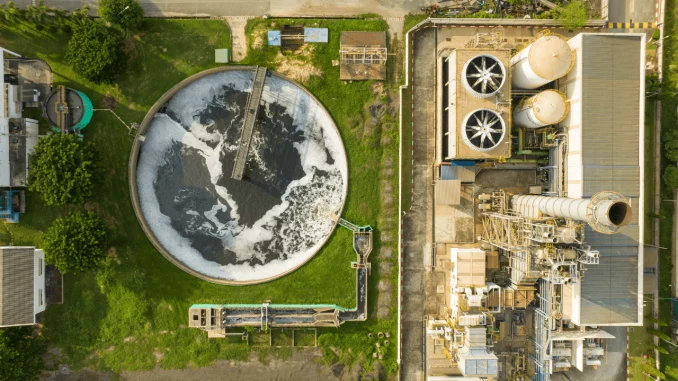
Technology has changed the straight line of product life cycles so as to bring a better life to the next generation;In a similar way reusing products rather than simply discarding them not only conserves resources but also ensures that we can pass down all this hard-won development results to our posterity.
Towards a Circular Economy
Understanding the Circular Economy
A circular economy is all about containing toxic as well as valuable elements in closed-loop cycles where little or nothing leaks. During the entire life of a product, technology is not the only factor because it has to do with understanding resource use and waste much better than just treating them afterwards. A circular economy is essentially about reducing the amount of resources used in production. It is about pursuings quality over volume at every step, and taking back products for remanufacture. By devising products which are also easy to maintain or repair, durable and recyclable (where not possible in a closed loop), their impact on nature is greatly reduced.
Technological Innovations Driving Change
Now the Internet of Things (IoT) means that products are able to transmit their own state and condition in real time, which might not necessarily be linked with user interfaces. For example this way, while smart appliances can tell their owner when maintenance is required they can also alert consumers when the end of a life cycle is near.in this way customer service levels are increased and at the same time, early care given prolongs product life expectancy.
Data Analytics and Lifecycle Assessment: Advanced data analytics allow companies to follow their products throughout the entire life cycle, from raw material extraction to final disposal. Life cycle assessent (LCA) guides businesses in pinpointing areas for improvement or waste minimisation, which is equivalent to the use of resources in general and material specific decisions.
Manufacturing supplies additive: 3D technology creates a new style of production today. There’s no need for materials to be manufactured in advance of demand, offering the potential to eliminate massive wastage Piling up left-over materials can also save future resources.
Transparency in Blockchain way: The product’s entire life cycle can be followed with blockchain technology. Thus, you will know where all inputs are derived from: not just but thanks to this level of openness, you even know if your purchase is causing bad environmental effects.
Innovations in recycling technology: Advanced recycling techniques today not only make it easier to recover materials from waste products but also do a little extra even if you miss recycling the first time round. For example, chemical recycling breaks down complex materials and can thus release valuable resources back into new products: Here the closed system principle is promoted.
New product design: The shift from a linear to circular economy requires that product design be fundamentally re-examined. And together with “design for disassembly,” this school of thought is gaining more and more acceptance in industry: it makes fixing something that much easier at the end of its useful life Reuse and recycling of materials means not only prolonged lives for products but also reduced demand for raw materials.
Digital platforms and Sharing Employ technology drives this change as well. Digital platforms and apps provide people with convenient access to repair services, rental markets and second-hand shops–while at the same time propagate a culture of redistribution, re-use, recycling. In short: empowering people on the streets with circular economy.
Still, technology has n’t made its way around to a circular economy there are still some problems. First, new environmental protection equipment carries the infamy our times; the initial cost is high. Second, when the common person knows how to use these facilities and feels free to try them out wherever they happen stand rooted in his own home (or on-an-object ) one mile away like this–what? Thirdly businesses have to get out of book-learning. These are just a few problems of many.
Collaboration between stakeholders, whether they be governments, corporations or members of the public, is required. Governments could encourage sustainability practices; enterprises may upgrade their technical level and then persuade customers that environmental protection is also necessary consumption habits. Nor is the integration of technology something quite daunting after all for sustainable development; During the entire course product life cycle reimagined through intelligent design, smart technology, and data based insights something innovative expanded in line with the insights gained from eco – systems.
New technologies will play a critical role in maintaining economic growth without being bad for society. For a circular economy like this–one where people win as well as our world herself–we have made progress but still have a long way to go.